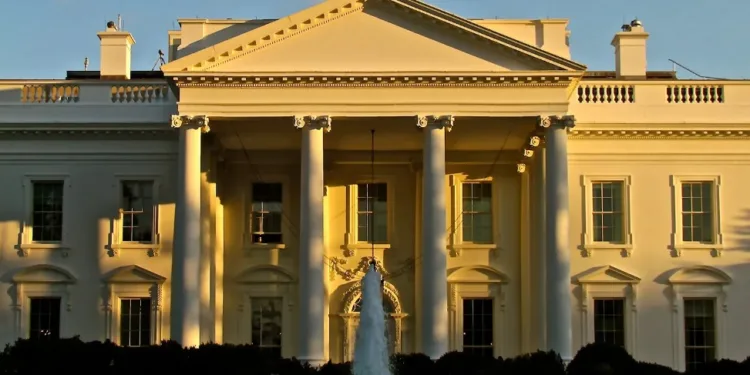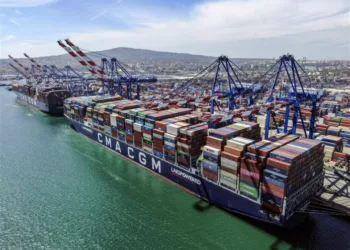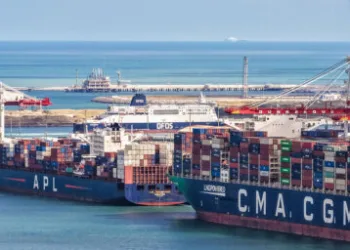Wolfgang Lehmacher writes about multipolar malaise.
The global trade landscape has further fractured, shaken by the unprecedented tariffs sparked under Trump’s watch. What was intended as a blunt leverage tool against China has instead yielded an ambiguous outcome.
Tariffs have started to unravel US-led alliances, opening diplomatic space for China to pitch itself as the dependable partner for neighbours and the Global South. Western multinationals have adopted a China+1+2+3 approach, retaining roots in China’s vital sectors like electric vehicles and renewables, while hedging their bets with investments in Vietnam, India, and elsewhere. Supply chains are reconfigured and recalibrated. China’s reforms and measured foreign policy make it look, for some, like a beacon of stability amid Washington’s inward turn.
Inside China, experts note shifts. Li Daokui of Tsinghua University highlights that exports now represent only 17% of GDP, with direct exports to the US falling to 3-4%, a steep drop since 2018. China is more resilient, better able to weather shocks, exploiting gaps left by a retreating America.
Yet that is just half the story.
On the other side, economists and strategists warn of deep, lasting pain. Harry Murphy Cruise from Moody’s Analytics points to Chinese exports to the US falling by up to a third due to tariffs. Hong Kong’s Zhiwu Chen paints a picture of a “comprehensive blockade,” threatening China’s growth and stoking deflation fears amid stubbornly weak consumer demand and a struggling property sector.
Trade surpluses are eroding, and with them, capital flows backing financial markets from Shanghai to Wall Street. Strategists caution that a reduction in the US-China trade deficit risks choking the inflows that sustain US treasuries and global equities, potentially dragging down growth on both sides. Alicia Garcia-Herrero of French investment bank Natixis has highlighted that China is turning to expanding its trade relationships with the Global South as a strategic response. Yet, too small, too unstable to fill the gap. Nevertheless, US-BRICS dynamics could harm Western companies due to China’s rising power in the region.
Between absolutism and despair lies a nuanced middle ground.
Institutions like Harvard Business Review and the Center for Strategic and International Studies (CSIS) find that tariffs shave up to 0.5-1.4% off global GDP growth in 2025. Markets ripple with stock and currency volatility as business confidence takes repeated hits, on both sides of the Pacific.
Businesses exposed to multiple regions focus on resilience, regularly hollowing out less competitive production globally but rewarding those nimble enough to innovate. The China+ strategy and trade deals like the Regional Comprehensive Economic Partnership (RCEP) tell us the world no longer revolves around one superpower. The longer tariffs persist, the more they sow innovation-sapping uncertainty in Western and Chinese business climates, yet also entrench new trade patterns and alliances that resist undoing, even if tariffs fade.
So, who emerges ahead?
The tariffs meant to reshore US manufacturing have spun a more complex web, one that is globally distributed. China’s influence grows where America’s recedes, especially in emerging markets searching for stability. Yet China faces its headwinds: demographic slowdowns, rising debt, and external pressures. The Trump era trade wars have not settled the score. They have ushered in a fragmented, unpredictable multipolar economy.
Victory will go to those best prepared for volatility: globally integrated, flexible businesses, not rigid states or closed borders. China’s push into green technologies and digital infrastructure is a bold bet, far from guaranteed success, but one that positions it well amid US retrenchment. A key lesson? Tariffs are no mere economic control knob. They unleash far-reaching effects that reshape societies, challenge old certainties, and drive innovation even as they disrupt.






















